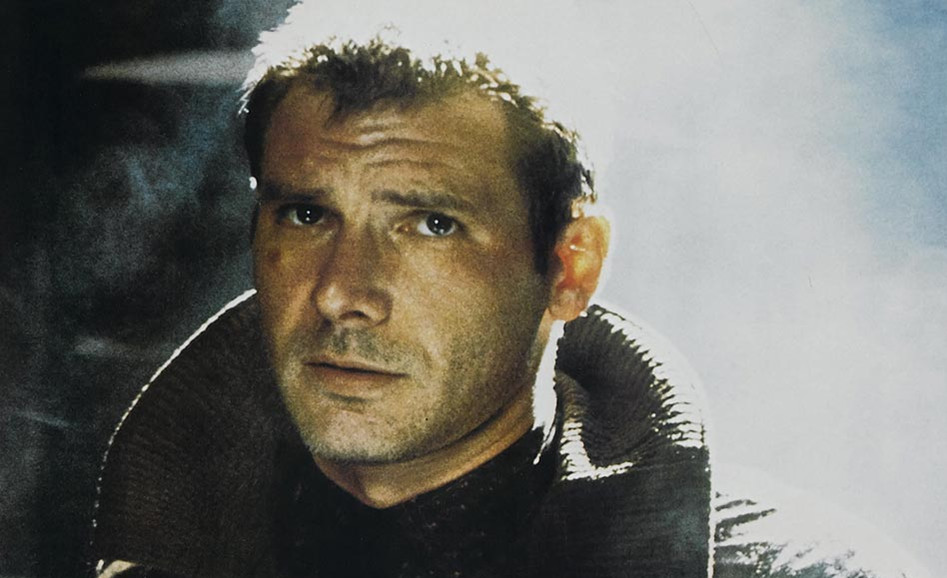
They’re undeniable masterpieces, cult-classics, holiday favorites, or innovators of the craft. One of them is often recognized as the single greatest work in cinema.
And they all have one thing in common: not many people wanted to see them. At least not upon release, when all 10 of these films found themselves in a financial downfall.
Many of them featured the best performers money could buy (Robert De Niro, Harrison Ford) or directors (Martin Scorsese, Orson Welles) who defined eras. But whether by bad marketing, studio interference, or simply not being received well in their respective times, they would all have to make their money back after they were out of theaters.
Beyond production costs, studios also must deal with pricey advertising, distribution costs, and the large slice of monetary pie that theaters receive. With all that in mind, let’s look at these 10 initially undervalued classics.
10. Children of Men
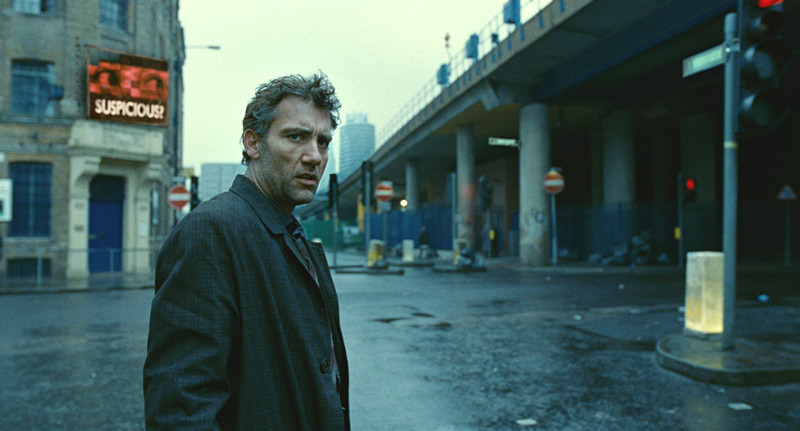
Check any list of the best science fiction movies from this young century and you’ll undoubtedly find Children of Men somewhere near or at the pinnacle of it. Its grim depiction of the future makes for one the most realistic and clever films of the genre.
But like several other sci-fi classics, its glowing reviews heavily outweighed its box office performance. On a production budget of $76M, the film made just short of $70M worldwide. As stated in the introduction, that’s not merely a $6M loss. Once all factors we’re thrown in, like the fact only half its money came from domestic numbers, Children of Men may’ve lost nearly as much as its box office figure.
This came in a movie that not only had Alfonso Cuaron directing fresh off Prisoner of Azkaban (though the two movies have no other similarities), but also a cast that included Clive Owen, Michael Caine, and Julianne Moore.
One of the most bizarre aspects about the production of the film was that it was first released on Christmas. A dystopian film released on such a day seems strange, but then again, this film did want to make an Oscars push. It released wider in January, but never got the buzz it deserved even with three nominations from the academy.
Luckily for Cuaron’s cult classic-to-be, its small fan base was a devoted one. Children of Men made much of its money back in DVD sales.
9. Willy Wonka and the Chocolate Factory
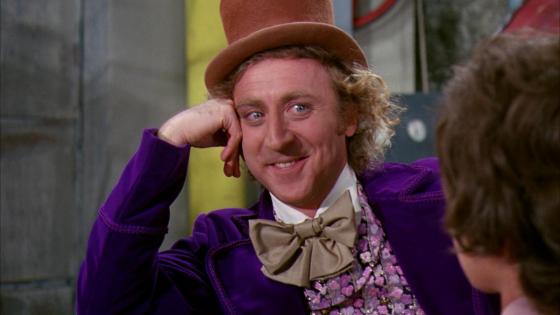
The original Chocolate Factory film was meant for all ages, with the imagination of a child but the themes for a more mature crowd. But despite its appeal to various groups, it didn’t fair very well at the box office.
The movie, even with its many creative sets, cost only $3 million, but barely made $4M. Start cutting away the theaters’ take, and it easily lost money with its initial release by Paramount. It would be several years before this classic turned a profit through video sales, but by then the rights had been sold to Warner Bros.
Willy Wonka lost out on opening weekend to the comedy The Million Dollar Duck and dramedy Carnal Knowledge. While the latter of the two had some Oscar cred, the former has no business even being in the same paragraph as the king of candy.
Wonka would soon become a cornerstone for family films when Warner gained the rights and started airing it on television. With the enchanting performance of Gene Wilder as the eccentric title character, it’s not hard to see why it caught on like wildfire. But the fact it struggled so much upon release right in the middle of summer (June 30th) is hard to understand.
8. Fight Club
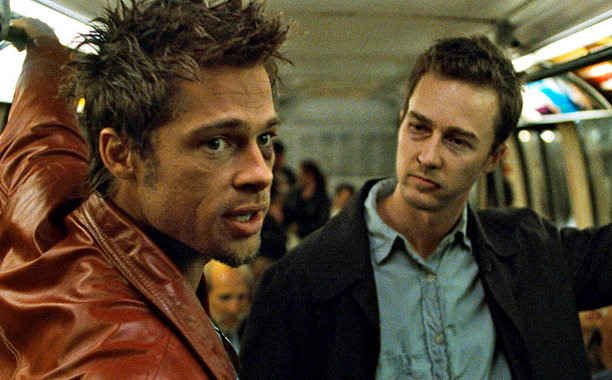
Apparently, everyone listened to the first rule of Fight Club, because the domestic word-of-mouth was terrible for this film.
Fight Club would eventually be bailed out a little with overseas money, but earning a touch over $100M is not all that impressive when you find out how much those countries keep. Sometimes, only a third or so of profits come back to the studio. It was a $63M production, with director David Fincher going through 1,500 rolls of film during its lengthy shooting period. Throw in a confused marketing campaign from Fox, and the cost creeped up close to nine-figures.
It created quite a bit of turmoil within Fox, who couldn’t find a core audience. Its message of consumerism may be valued today along with its overpowering edge. But even with audiences far on one side of fence or the other with this film, it didn’t ever really evoke the curiosity of as many people as it should have.
And when you throw in Rosie O’Donnell spoiling the ending out of pure hatred for the film, it ruined part of the experience many other people could’ve had with Fight Club. This wasn’t as reliant on a great ending to be remembered, as say, The Usual Suspects was. But beyond The Sixth Sense, it was likely the biggest twist ending of the decade.
And until the home video sales became to flow through, there weren’t many people that experienced it at all.
7. It’s a Wonderful Life
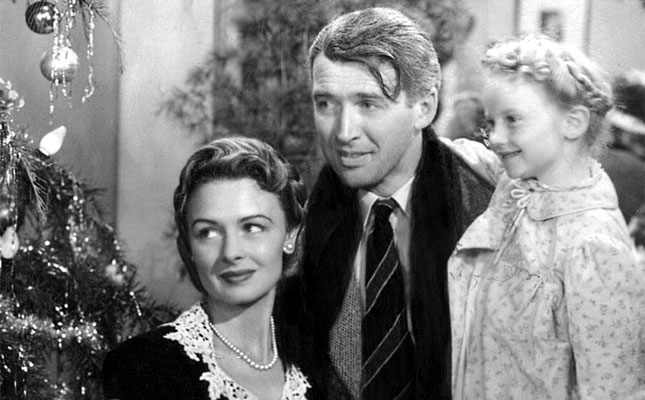
Many of the best films from the pre-1960’s often go unseen by far too many people. But around the holiday season, the 1946 classic It’s a Wonderful Life is one of the more popular movies to find on the tube.
Generations of Americans have fallen in love with this Frank Capra masterpiece, but there was a time where the legendary director was thought to have lost his touch. And that just so happened to be when he made this film.
Audiences were lukewarm at best toward Capra’s December flick, the same director who’d been praised for such films as It Happened One Night, Mr. Smith Goes to Washington, and Meet John Doe. The FBI even thought the movie might be stirring up a communist agenda with its discrediting of bankers.
With mounting criticism, Wonderful Life lost what would now be the equivalent of nearly $7M, only covering up such a loss when the film was re-released. And the movie only truly became beloved when it started popping up around the holidays in the 1970’s and 80’s.
And luckily, Capra lived long enough to see the favorite of his films accepted as a classic.
6. Brazil
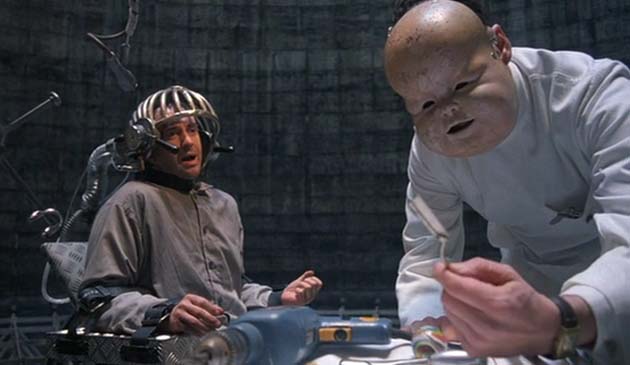
Yet another dystopian science fiction movie on this list is Brazil, and it won’t be the last in genre.
Putting together one of the best ideas in science fiction, the execution of director Terry Gilliam (who’d already done Monty Python and the Holy Grail and Time Crimes), and a star like Robert de Niro, and this failure is a head-scratcher.
Brazil made $9.9M in North America on a $15M budget, a much bigger number over three decades ago. Despite having De Niro, who’d done Taxi Driver, Raging Bull, and several other critically successful films already by this point in his career, the film executives messed with much of Gilliam’s original vision. It’s known as one of the bigger professional power struggles in cinema history.
Amid all of this, there ended up being multiple versions of the film, Gilliam’s untouched edition of course being the better and least Hollywood-esque of the two. But the production never recovered from its squabbles. It also had to deal with its wide release coming on the same weekend as Steven Spielberg’s The Color Purple and seven-time Oscar winner Out of Africa.
Those star-studded movies did their damage, but not nearly as much as was done by Brazil’s delay of release in North America.